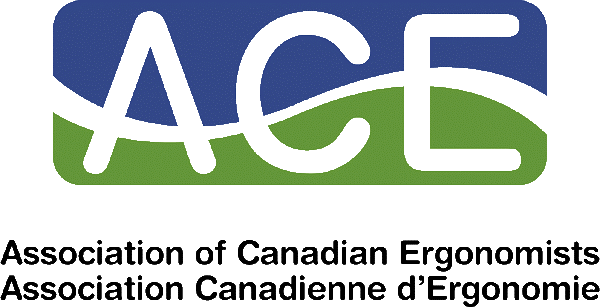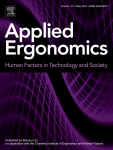The Who, What, When, Where, and Why of MSD Risk Assessment Tools Used in Canada
If you’re practicing in the field of ergonomics and occupational health and safety, chances are you’ve come across several ways of identifying and assessing musculoskeletal disorders (MSD) in the workplace. While we know risk assessment can be challenging on a good day, we also know there’s lots of options when it comes to MSD assessment tools. Are you an ergonomist or health and safety (H&S) practitioner and do you use tools? If so, have you thought about which ones you use, why, and how you learned about them? We have and you might recall us asking you about this in 2020.
Following up on some earlier work by Dempsey (2005) and Lowe (2019), we set out to answer the who, what, when, where, and why about MSD assessment tools. In 2005, Dempsey and colleagues surveyed 308 international ergonomics professionals on their MSD tool use. Followed up 12 years later, 405 professionals were again surveyed on their tool use. With some similarities and differences over time, these studies highlighted the range of MSD Tools that ergonomists used like RULA, REBA, Psychophysical Upper Extremity Data, Strain Index, and ACGIH TLV for Hand Activity Level. We were interested in the Canadian context and designed a similar survey study to capture this.
Early in 2020 we sent out a survey to two groups of Canadian professionals who have MSD assessment as part of their job: (ACE) the Association of Canadian Ergonomists, and (BCRSP) the Board of Canadian Registered Safety Professionals. Just over 715 of these professionals responded and completed a survey adapted from the previous work of Dempsey and Lowe described above. The survey asked about 1) what MSD risk assessment tools they used; 2) why they used those tools and how they learned of them; and 3) how they were used.


What did we find out?

Who were our respondents? There was a larger membership of BCRSP than ACE members, and our respondents reflected this proportionally. This means that more BCRSP members were conducting MSD risk assessments that ACE members. Interestingly, the average number of tools used was different between these two groups, where ACE used more tools than BCRSP when conducting a risk assessment.

What MSD assessment tools are used? The top 10 tools for each respondent group were similar even though there were differences in the number of tools used. The NIOSH Lifting Equation, Psychophysical Material Handling Data, RULA, REBA, Biomechanical models, Body Discomfort Map were all within the 10.

Why are these tools used? Most professionals used tools that were efficient and easy to use, available or familiar, and that were appropriate for the job. Cost considerations were also important determinants of use. Considering usability of MSD risk assessment tools remains a key priority (Shorrock & Williams, 2016).

When & Where are tools used? Manufacturing, healthcare, and transportation sectors had the greatest proportion of tool users. While the construction, forestry & mining, and services sectors had a smaller proportion.The NIOSH Lifting Equation was found to be the most used tool across all sectors of practice. All but the transportation sector had a similar subset of MSD risk assessment tools including: RULA, REBA, and Psychophysical Materials Handling Data.

How did respondents learn about these tools? Most respondents reported learning about MSD Assessment tools when they were at school. However, small percentages reported learning about tools through their work, peers, their own research, and conferences. Maybe we need more opportunities like the recent ACE webinar to help us all stay up to date once we graduate.
Now what? While this information doesn’t tell us what tool we should or how good each of these tools are, it certainly does tell us a lot about the landscape of MSD assessment tool use in Canada. Given the continued burden of MSDs in workplaces, we think that having a greater number of assessment tools in the toolkit may be helpful in problem solving and accounting for more than just a small subset of risk factors. However, we know these tools must be efficient, easy to use, appropriate, and cost friendly. As we look forward to the future of tool development, we may want to expand opportunities for continued learning and development for professionals that considers all groups of H&S professionals so that school isn’t the only source of tool knowledge.
